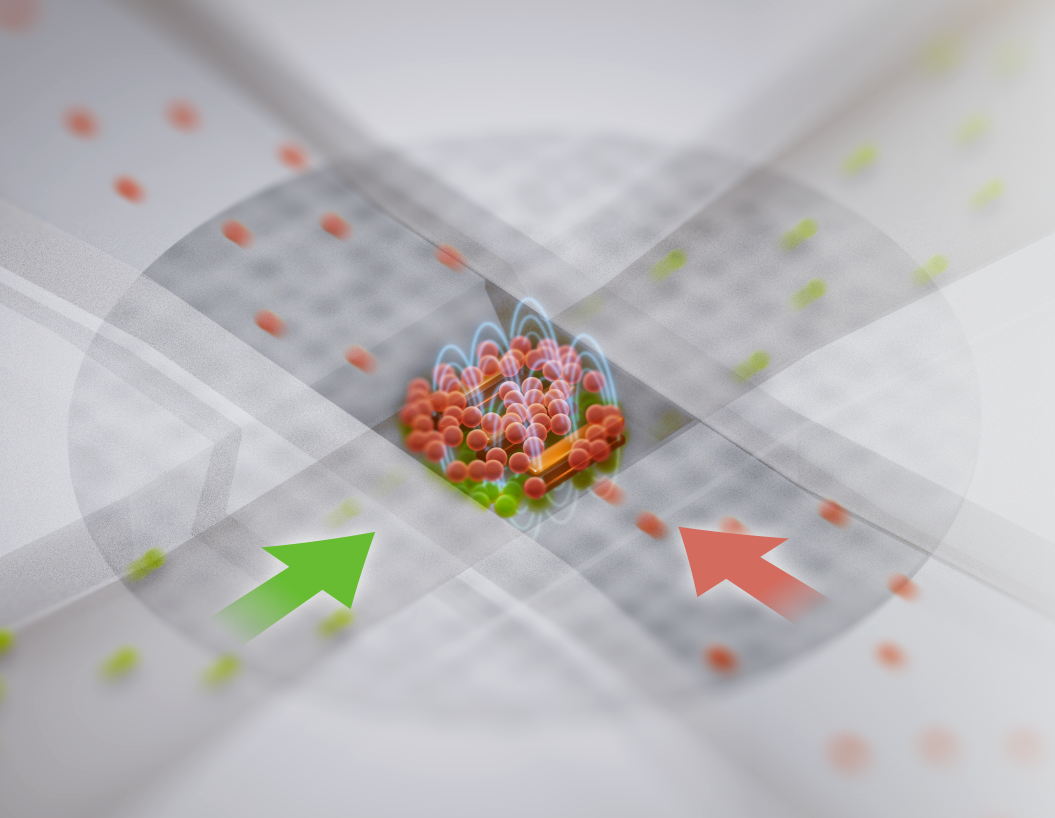Almost five years after its emergence, the highly infectious COVID-19 continues to rapidly spread. COVID-19 virus is primarily transmitted between people through respiratory droplets and contact routes. Therefore, sterile sprays are considered one of the measures that limit the spread of the virus. If we were to consider traditional methods used to provide healthcare services, we would realize how limited they are and how they may sometimes endanger the lives of medical staff. Hence, public health entities started developing innovative ways to provide healthcare services that follow sterilization standards and reduce direct contact to help contain the disease. On the other hand, community members should be urged to stay home and commit to social distancing as advised by governments all around the world.
Drones, UAVs... The designation may differ but the technology is one and the same. These aircraft are remotely piloted or programmed to fly to predetermined locations. China, the United Arab Emirates, and Spain have successfully devised new ways to use drones as a weapon against this global pandemic.
China, the epicenter of this pandemic, lead these experiments. The country incorporated drones initially designed to spray pesticides and used them to sanitize some public spaces and epidemic prevention vehicles traveling between infected areas. To ensure that aerial disinfection is safe and harmless, technology companies have cooperated with the Chinese authorities to publish and share a series of operational guidelines and technical specifications with local authorities to ensure that efforts abide by all safety and scientific regulations. As for the UAE, the government launched a campaign to sterilize and disinfect its cities by adopting similar technologies that target hundreds of public buildings and regions.
China tried to leverage drones in the delivery of medical samples, which reduced the need for human contact during transfer. Furthermore, drones are harnessed to ensure the successful delivery of goods, such as food and other essential items, particularly those headed to remote and hard-to-reach areas. Drone delivery services have become a viable alternative, especially when governments are asking their citizens to limit their movements and stay at home.
On another note, drones are used in China, Spain, and the United Arab Emirates for monitoring and broadcasting purposes. For example, in Spain, these drones warn people from leaving their homes, monitor the streets, and detect cases of non-compliance with any governmental instructions directing people to stay at home. An integrated team controls the drones and sends warnings by radio.
In the UAE, the Dubai Police handles this task and started using drones to deliver messages that instruct people to stay at home and avoid going out unless absolutely necessary. The messages are broadcast over loudspeakers in different languages, such as Arabic, English, Filipino, and Urdu. The message reads, "Stay at home. Avoid gatherings. Stay away from anything that may endanger your life and your family. Stay safe, everyone."
This initiative resulted in saving time and effort and ensuring the safety of more people in the face of this dangerous epidemic. China successfully accelerated its remote deliveries of goods by replacing long driving hours with a drone flight that does not exceed 10 minutes. Drones have also proven effective in delivering medical samples more quickly. Twenty-minute journeys were reduced to 6 minutes at most, which meant that the delivery time was cut in half. In addition to saving time and accelerating operations, this mechanism reduced the risks caused by coming into contact with the samples. As for sterilization, the drone can take off with 16 liters of sterilizer, contributing to the disinfection of large areas without the need for human personnel to carry out this task in infected areas. Therefore, this mechanism may be 50 times more effective than manual spraying.
Resources: 1 2 3






